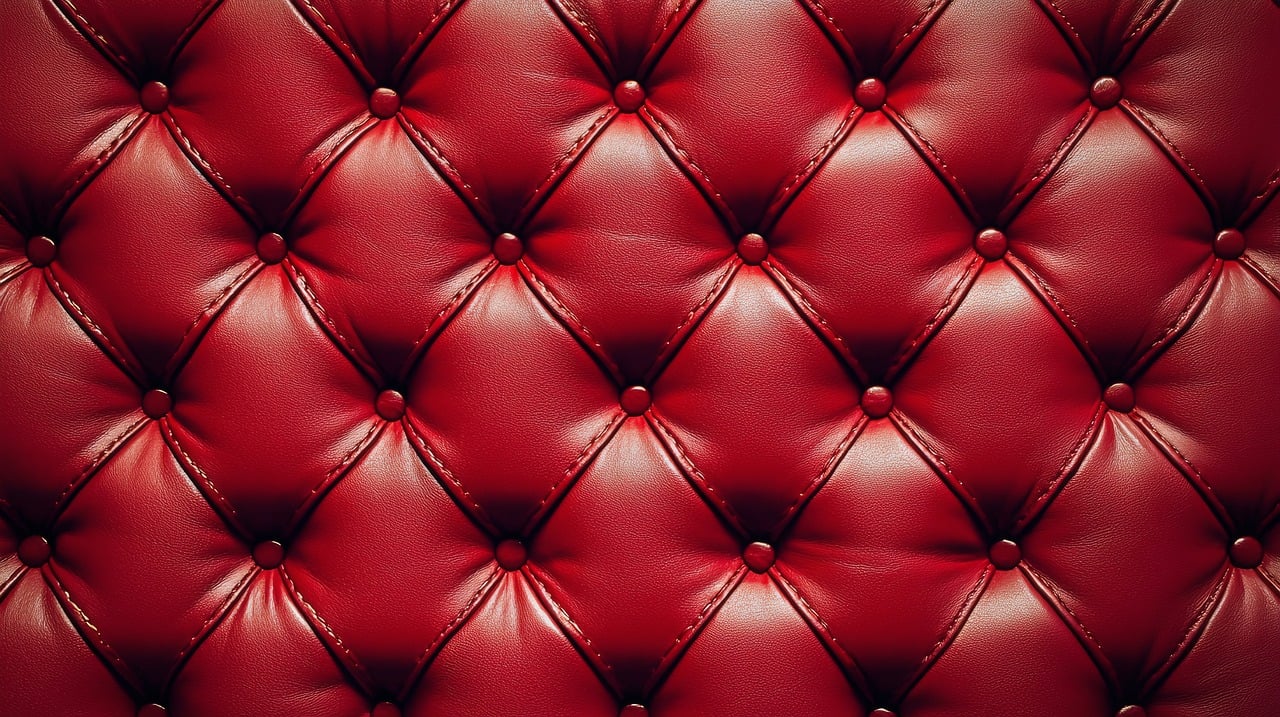Sublimation printing has revolutionized the way custom designs are applied to a variety of materials, but when it comes to sublimating on leather, there are some unique challenges and techniques that you need to understand. In 2025, leather remains a sought-after material for a range of personalized products, including wallets, belts, bags, and more. If you’re looking to master the art of sublimation on leather, this guide provides essential tips and techniques to help you achieve flawless results.
What is Sublimation Printing on Leather?
Sublimation is a heat transfer process where dye-based ink turns into gas and bonds with a substrate. While sublimation works perfectly on materials like polyester, using it on leather requires specific conditions due to its unique surface characteristics. Unlike fabrics that allow the ink to bond easily, leather needs special treatment to hold the ink and achieve a vibrant and durable result.
Why Choose Sublimation on Leather?
Sublimating on leather offers several advantages:
- Vibrant Colors: Sublimation produces rich, vibrant colors that are absorbed into the leather, creating long-lasting, high-quality designs.
- Durability: The designs won’t fade or peel over time, as the ink bonds directly with the leather fibers.
- Customization: Sublimation allows for highly detailed, custom designs on leather, making it perfect for creating personalized products or gifts.
However, to get the best results, it’s important to understand how leather interacts with sublimation ink.
Essential Tips and Techniques for Sublimation on Leather
To perfect your sublimation process on leather, here are some expert tips and techniques you need to follow:
1. Choose the Right Type of Leather
Not all leather is suitable for sublimation printing. Natural leather, such as cowhide or full-grain leather, often won’t provide the best results because it has a more porous surface that doesn’t bond well with sublimation ink.
Instead, polyurethane-coated leather (PU leather) or sublimation-treated leather is ideal. These types of leather have been specially treated to allow sublimation ink to bond properly. They provide a smooth surface that ensures vibrant and long-lasting prints.
Tip: Always check with your supplier to ensure that the leather is compatible with sublimation printing.
2. Prepare the Leather Surface
Before sublimating, you’ll need to prepare the leather properly to ensure the ink adheres correctly:
- Clean the Leather: Wipe down the leather with a clean, lint-free cloth to remove any dust, dirt, or oils that may interfere with the sublimation process.
- Preheat the Leather: Some experts recommend preheating the leather to 200°F (93°C) for a few seconds before applying the design. This helps to remove any moisture and prepares the surface for the heat transfer process.
3. Print Your Design Correctly
Printing your design is one of the most critical steps in the sublimation process. To ensure the best results, follow these printing tips:
- Mirroring the Design: Always mirror your design before printing, especially if you’re sublimating on items like wallets or bags. This ensures the design will be applied the correct way on the leather.
- Use High-Quality Sublimation Paper: Use specialized sublimation paper designed for transferring dye-based inks. The better the quality of the paper, the sharper and more vibrant your print will be.
- Optimal Ink Settings: Make sure your printer settings are optimized for sublimation ink. Most printers come with preset settings for sublimation printing, but it’s a good idea to double-check that everything is set correctly to avoid ink smudging or poor color results.
4. Use the Right Temperature and Pressure Settings
For sublimation on leather, the temperature and pressure settings are crucial to achieving vibrant and crisp designs. Here's what you should keep in mind:
- Temperature: Set the heat press to around 375°F (190°C). This is the ideal temperature for sublimating on treated leather without damaging the material.
- Time: Press the leather for about 45–60 seconds. Be careful not to press for too long, as this can lead to overheating or burning the leather.
- Pressure: Apply medium pressure when pressing the leather. Too much pressure can cause the leather to become misshapen, while too little pressure can result in an uneven transfer.
Tip: Always conduct a test print before starting on your actual project to fine-tune your settings.
5. Use Protective Paper
To protect your leather and your heat press, always place protective paper between the heat press plates and the leather item. This prevents the ink from transferring to the heat press and avoids any potential damage to your leather.
6. Allow the Leather to Cool Before Handling
Once the sublimation process is complete, carefully remove the leather from the heat press and allow it to cool completely. This helps to lock the ink in and ensures that the design remains intact.
Common Issues and How to Fix Them
Despite the careful planning, you might encounter a few common issues when sublimating on leather. Here’s how to troubleshoot:
- Faded Colors: If the colors aren’t as vibrant as you expected, check your temperature and time settings. You may need to increase the heat or extend the press time.
- Uneven Transfer: If the design appears uneven or patchy, it could be due to inconsistent pressure. Ensure that the leather is evenly pressed during the process.
- Ink Smudging: Smudging can occur if the design isn’t given enough time to cool after being pressed. Be sure to handle the leather gently until it cools completely.
Conclusion
Sublimation on leather is an excellent way to create personalized, high-quality products with vibrant designs. By following the tips and techniques outlined in this guide, you can achieve flawless results when sublimating on leather in 2025. Always choose the right type of leather, prepare your materials carefully, and ensure you have the right settings to get the best possible outcome.
Sublimation printing on leather offers endless creative possibilities, whether for custom gifts, fashion accessories, or promotional items. With the right approach, your leather sublimation projects will stand out for their vibrant colors, durability, and professional finish.
References
- Sublimation Printing Guide for Leather. Coastal Business Supplies. Link to source.
- Sublimation on Leather: A Beginner's Guide. Printful. Link to source.
- Sublimation Techniques for Leather. HeatPressNation. Link to source.



Comments ()